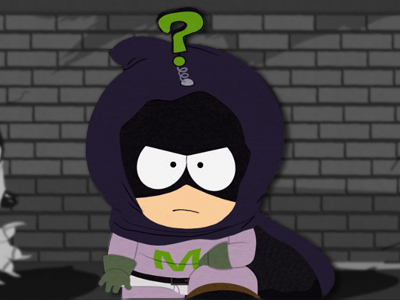“I don’t understand what you don’t understand.”
A conversation was occurring in the classroom as I walked in. A student was attempting to help another with a drawing in the text. It was not clear to one, and the other thought it was obvious. It reminded me of a Simpson’s episode where one of the sister-in-laws was about to be killed, and Bart had to explain the murder plot to Homer. He used a stove, matches, flip-charts, and even puppets, but with no results. http://www.youtube.com/watch?v=b3yED7w1uu8
I feel like Bart sometimes when I have a student that “just doesn’t get it.” Textbooks are not infallible, and the experiment in the lab will never yield perfect results. The concepts are difficult when the first words of explanation are the same words that are confusing. To say that a butterfly has butterfly-like qualities is not going to work to describe a butterfly. If the instructor, or in the case of the students helping students, do not have a variety of ways to express the same topic, then the student and instructor are both lost in the search for mutual understanding of what is being asked, and what is the answer.
I have given an assignment to one of the classes related to explaining a topic in different ways. First, they identify a topic in the current chapter that they do not understand. Next, identify how the author(s) explain it. Finally, search online for another way to explain it better. In this fashion, I hope to gather different ways to explain the chapter’s content in language that the students may understand, and is still technically correct. Understanding what they do understand is one way to understand what they do not understand.



Thanks for the post. This has always been a problem for me too. Over the years I have developed a mental catalog of demos and analogies both I and my students have proposed for commonly misunderstood principles. The funnier they are, the better they work. One example I use to explain “dead air space” in the respiratory tract (air that never reaches the alveoli as we stop inhaling , leaving air in the trachea and bronchial tubes) is an adventure I tried when I wanted to be a deep sea diver when I was 8 years old. I knew how a snorkel worked so thought the garden house would let me dive much deeper. We figured out that our lungs can move about a liter of air, then figure out the garden hose holds 7.3 liters ….so I die. No fresh air ever reaches my lungs.